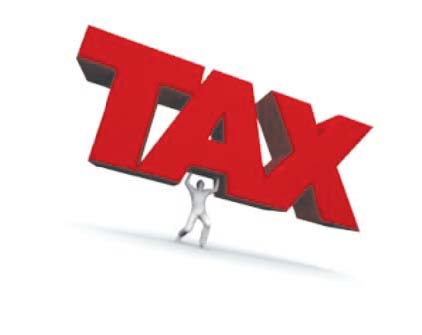
The Laffer curve has its origins way back in time; the Muslim philosopher Ibn Khaldun wrote in his 14th century work "The Muqaddimah":
It should be known that at the beginning of the dynasty, taxation yielded large revenue from small assessments. At the end of the dynasty, taxation yields small revenue from large assessments (Ibn Khaldun, The Muqaddimah, 1381).
The basic idea behind the Laffer curve is the relationship between tax rates and tax revenues. Changes in tax rates have two effects on revenue: the arithmetic effect and the economic effect.
The arithmetic effect is simply that if tax rates are lowered, tax revenue per dollar of the tax base will be lowered by the same amount as the decrease in the rate. And the reverse is true for an increase in tax rates.
The economic effect, however, recognises the positive impact that lower tax rates have on work, output, and employment and thereby the tax base by providing incentives to increase these activities.
Raising tax rates achieves the opposite economic effect by penalising participation in taxed activities.
The arithmetic effect always works in the opposite direction from the economic effect. Therefore, when the economic and arithmetic effects of tax-rate changes are combined, the consequences of the change in tax rates for total tax revenue are no longer quite so obvious.
At a tax rate of 0%, the government would collect no tax revenue, no matter how large the tax base is. Likewise, at a tax rate of 100%, the government would collect no tax revenue because no one would be willing to work for an after-tax wage of zero - there would be no tax base.
Between these two extremes, there are two tax rates that will collect the same amount of revenue: a high tax rate on a small tax base and a low tax rate on a large tax base.
The Laffer curve itself doesn't say whether a tax cut will raise or lower revenue. Revenue responses to a tax-rate change will depend upon the tax system in place, prevalence of legal and accounting-driven tax loopholes, and proclivities of productive factors.
If the existing tax rate is too high, ie, in the "prohibitive range", then a tax rate cut would result in increased tax revenue. The economic effect of the tax cut would outweigh the arithmetic effect.
Raising tax rates, especially during difficult times when tax increases are most frequently considered, virtually always results in forecast revenue that exceed the revenue that actually materialises. Cutting tax rates does the opposite.
Static revenue estimates always assume that no one's behaviour will change, and therefore a 10% tax increase will increase tax revenue by 10%. In fact, this is never true.
The dynamic effects of slower growth, reduced profitability, higher unemployment (and the associated costs), and tax evasion and avoidance, just to name a few, combine to ensure that actual revenue falls short of the forecast revenue.
The Laffer curve is a compelling concept, not because it is based on elaborate statistical evidence, but because it expresses common sense. You cannot raise taxes indefinitely without sooner or later discouraging people from the activity - working, investing or consuming - that produces the tax revenue.
Cutting prohibitively high tax rates can result in a surge in production without being inflationary. It can also do wonders for economic growth.
Lower tax rates are essential to improve competitive position in the world market and reinstitute incentives for growth in any economy. Tax relief is essential to create a favourable investment environment.
It is essential if financial assets are to once again provide real returns to investors after the impact of inflation and taxes.
So, the Laffer curve is an elementary idea: that public policy, moving uncritically in the direction of rapid spending increases, eventually reaches a point where it becomes counterproductive in its own terms.
In taxation, in regulation, and in every area of public policy, more tends to become less. It's time to change our thinking on taxation!
THE WRITER IS A PHILANTHROPIST AND AN ECONOMIST BASED IN BELGIUM
























COMMENTS
Comments are moderated and generally will be posted if they are on-topic and not abusive.
For more information, please see our Comments FAQ